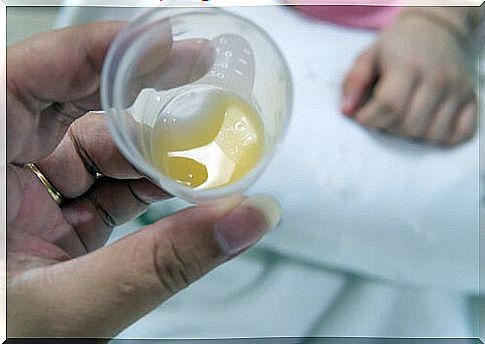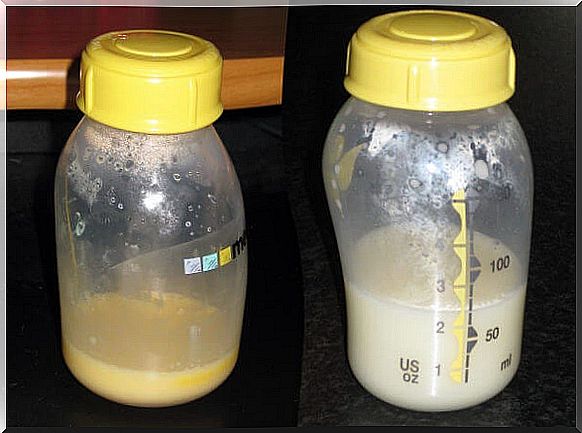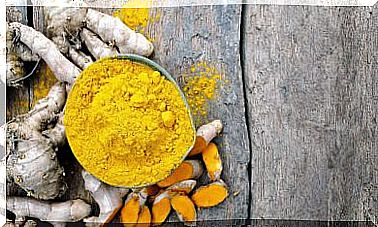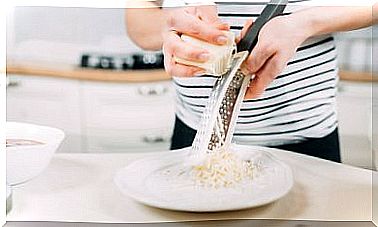Everything You Need To Know About Colostrum

Colostrum is the first breast milk a baby receives. It is a substance that is produced before breast milk and that, obviously, does not have the same composition.
This substance is very important for the baby. Even if a mother is unwilling or unable to breastfeed her child for whatever reason, it is very important to breastfeed for the first few days to take advantage of the nutrients.
Frequently asked questions about colostrum
When is it going to start?
The mother’s body begins to produce colostrum long before the baby is born. Production begins with the second trimester of pregnancy.
The pregnant woman may then notice small drops of clear or yellowish fluid leaking from her breasts (and may stain her bra during pregnancy). That is colostrum.

How long does it last?
It lasts until the stage of transition to mature milk, which begins between the second and fifth day after the baby is born.
However, the transition phase is a time when there is a mixture of colostrum and mature breast milk. Thus, even though it is no longer called the colostrum phase, this substance will still be present in breast milk.
How much should come out of the breasts?
At first the baby will only be able to suck in a small amount of colostrum. In the first 24 hours after the baby is born, it is normal for the baby to eat the equivalent of two tablespoons, more or less.
On the second and third day, the amount of colostrum will almost double, and from then on it will begin to mix with breast milk.
What color is it?
If you express your milk these days, do not be scared to see that it does not come out white, since it is due to the colostrum mixture that it acquires a yellowish or even orange color due to its high beta-carotene content.
If it turns pink or even brown, it is because it has mixed with some blood from the breast ducts.
Although it is not a cause for alarm, it is advisable to consult with the doctor if bloody secretions or discoloration in the nipples are observed.
What nutrients does it contain?
Although colostrum is only available in small amounts, it is packed with nutrients. In fact, it is considered a super food, since it contains everything that the baby needs during the first days of life.
It also has many health properties that protect the baby and help it fight infection and disease.
In addition, colostrum is richer in protein and low in fat and sugar, compared to transitional breast milk and mature milk, making it easier to digest.
It is also full of antibodies and has immunological properties and is a natural laxative that helps the baby to expel meconium.

Breastfeeding During Colostrum Days
Although there will only be a small amount of colostrum at first, it is important to breastfeed the baby as often as possible during this stage.
Actually, at first there is little because the baby’s stomach is very small, and a little colostrum is all he needs for the first few days.
Little by little, thanks to the stimulation of the baby when putting it to the breast, the breast milk will begin to rise and the transition phase towards mature milk and breastfeeding itself can begin.
In fact, colostrum lays the foundations for the baby’s health and future breast milk production. By breastfeeding frequently, the body prepares itself to produce a healthy source of breast milk.
Regarding supplementation with formula milk, it should be said that it is not necessary to supplement with a bottle in the first days because the amount of colostrum, despite being small, is sufficient.
In any case, it is the specialists who should assess whether the baby is taking all that he or she needs or not, as well as to check that, in effect, the breasts secrete colostrum. Remember that breastfeeding is necessary for your baby to get what he needs.










